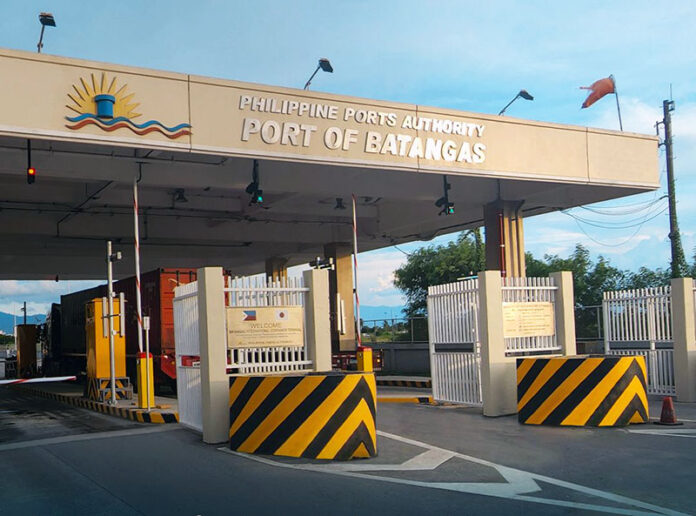-
Batangas Container Terminal has been equipped with an AI-powered automated gate system
-
The installation has led to more efficient gate operations, higher gate capacity, and faster truck turnaround time
-
The system will soon include container damage detection and digital facial recognition functionalities
-
BCT is the first Philippine port and the foremost site across DP World’s global terminal network to fully implement the system
-
The automated gate system was developed by DP World Zodiac FZE with AI-powered CARGOES AVA+ and went live recently
Batangas Container Terminal (BCT) has switched to fully automated gates, leading to more efficient gate operations, higher gate capacity, and faster truck turnaround time.
With the switchover, BCT has become the first Philippine port to transition to the artificial intelligence-powered automated gate system (AGS) and the foremost site across DP World’s global terminal network to fully implement it, Dubai-based DP World said in a statement. DP World is the foreign equity partner of Asian Terminals Inc. (ATI), which operates BCT.
The AGS was developed by DP World Zodiac FZE with AI-powered CARGOES AVA+ and went live recently in Southern Luzon’s international gateway port.
“We are very pleased to implement another industry first through BCT as we continuously upgrade our capabilities to provide smarter, faster, and safer ports and logistics services to our customers anchored on game-changing technologies,” DP World Philippines chief executive and ATI director William Khoury said.
“This early, the AGS has boosted BCT’s efficiency, increased gate capacity, and improved stakeholder safety, which collectively contribute to a more robust logistics sector, especially at this time of post-pandemic trade recovery.”
DP World says the AGS delivers integrated solutions for gate process automation, encompassing cameras, kiosk, and gate operating system. It uses intelligent cameras to capture information, such as container number, truck license plate, container door orientation and seal condition and other details as trucks pass through the portals.
These data are transmitted automatically to the port’s CARGOES TOS+ terminal operating system in real-time through a video analytics server that uses deep learning to increase recognition and accuracy over time. The seamless data processing eliminates manual entry errors and enhances access controls through automatic driver identification.
All these features contribute to more efficient gate operations, higher gate capacity, and faster truck turnaround time, said DP World. It describes CARGOES AVA+ as hardware agnostic, meaning it does not require costly special hardware adaptations and works with different types of systems without suffering compatibility issues.
BCT, under its traditional Optical Character Recognition system, previously operated three lanes manually, each manned by an individual operator at the gate. The AGS now supervises all three lanes remotely, making ingress and egress of trucks contactless and operationally safer.
The system will soon include container damage detection and digital facial recognition functionalities as developers optimize its highly versatile algorithms and dynamic features.
DP World said it created its digital service CARGOES based on more than 40 years of experience in logistics to solve supply chain challenges that cause inefficiency and slow down trade.
CARGOES is “a suite of enterprise services and products for the world of logistics and trade” that provides solutions that support shippers with tracking to ports around the world and helps nations manage their operations or regulatory logistics needs, DP World said.
RELATED READ: ATI’s P5B capex earmarked for Manila, Batangas ports upgrade





